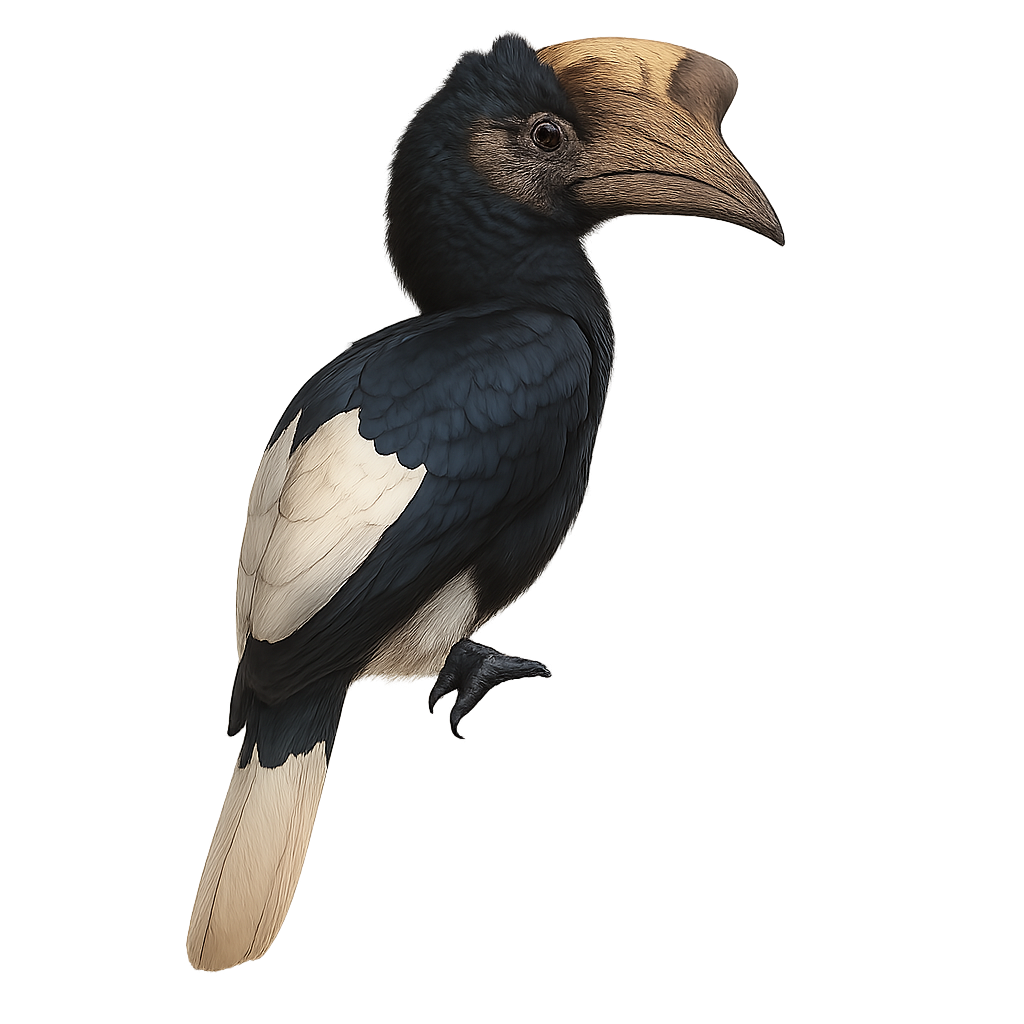Your wildlife photography guide.
Explore the black-and-white-casqued hornbill in detail, study its behavior, prepare your shots.
Where to observe and photograph the black-and-white-casqued hornbill in the wild
Learn where and when to spot the black-and-white-casqued hornbill in the wild, how to identify the species based on distinctive features, and what natural environments it inhabits. The WildlifePhotographer app offers tailored photography tips that reflect the black-and-white-casqued hornbill’s behavior, helping you capture better wildlife images. Explore the full species profile for key information including description, habitat, active periods, and approach techniques.
Black-and-white-casqued Hornbill
Scientific name: Bycanistes subcylindricus

IUCN Status: Least Concern
Family: BUCEROTIDAE
Group: Birds
Sensitivity to human approach: Suspicious
Minimum approach distance: 10 m
Courtship display: March to April
Incubation: 38-40 jours
Hatchings: April to June
Habitat:
Tropical forests, wooded savannas
Activity period :
Primarily active during the day, with peak activity in the morning and late afternoon.
Identification and description:
The Black-and-white-casqued Hornbill, or Bycanistes subcylindricus, is a striking bird known for its distinctive appearance and behaviors. This large hornbill features contrasting black and white plumage and a prominent casque, which helps amplify its calls. It primarily inhabits the tropical rainforests of Central and West Africa, playing a crucial role in seed dispersal due to its mainly frugivorous diet. Social by nature, it often lives in small family groups and shows some tolerance to human presence. However, deforestation and hunting threaten its natural habitat, making its conservation vital.
Recommended lens:
400mm – adjust based on distance, desired framing (portrait or habitat), and approach conditions.
Photography tips:
To photograph the Black-and-white-casqued Hornbill, focus on tropical forests where it is most active. Use a 400mm or longer telephoto lens to capture detailed images without disturbing the bird. Be patient and discreet, as it may become accustomed to your presence. Early morning hours are best for optimal natural light and observing its feeding behaviors.
The WildlifePhotographer App is coming soon!
Be the first to explore the best nature spots, track rutting seasons, log your observations, and observe more wildlife.
Already 1 430 wildlife lovers subscribed worldwide

